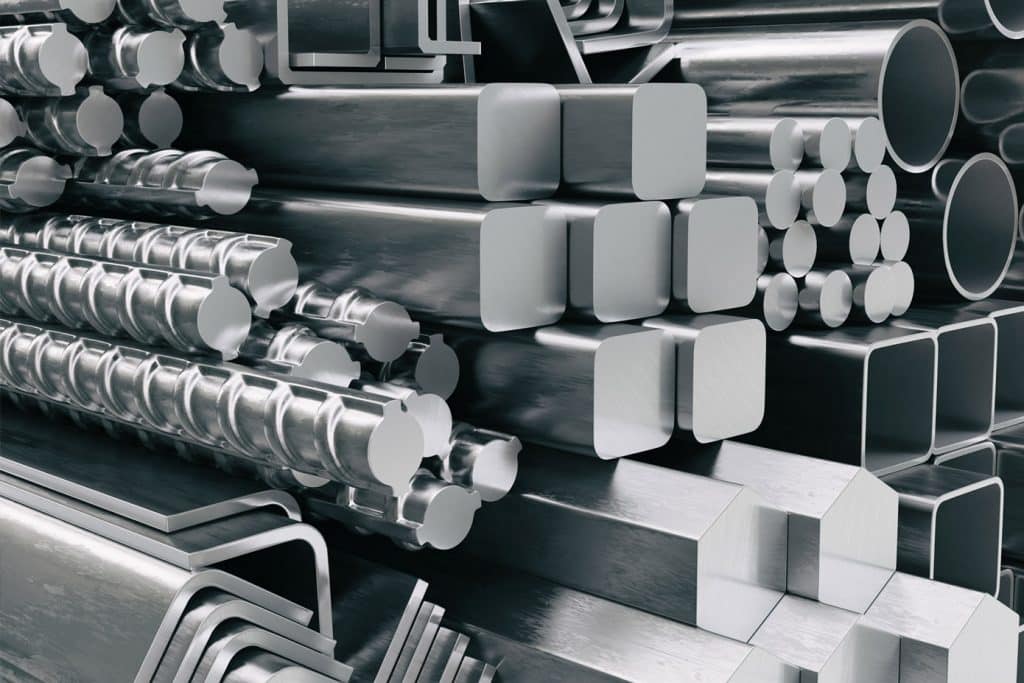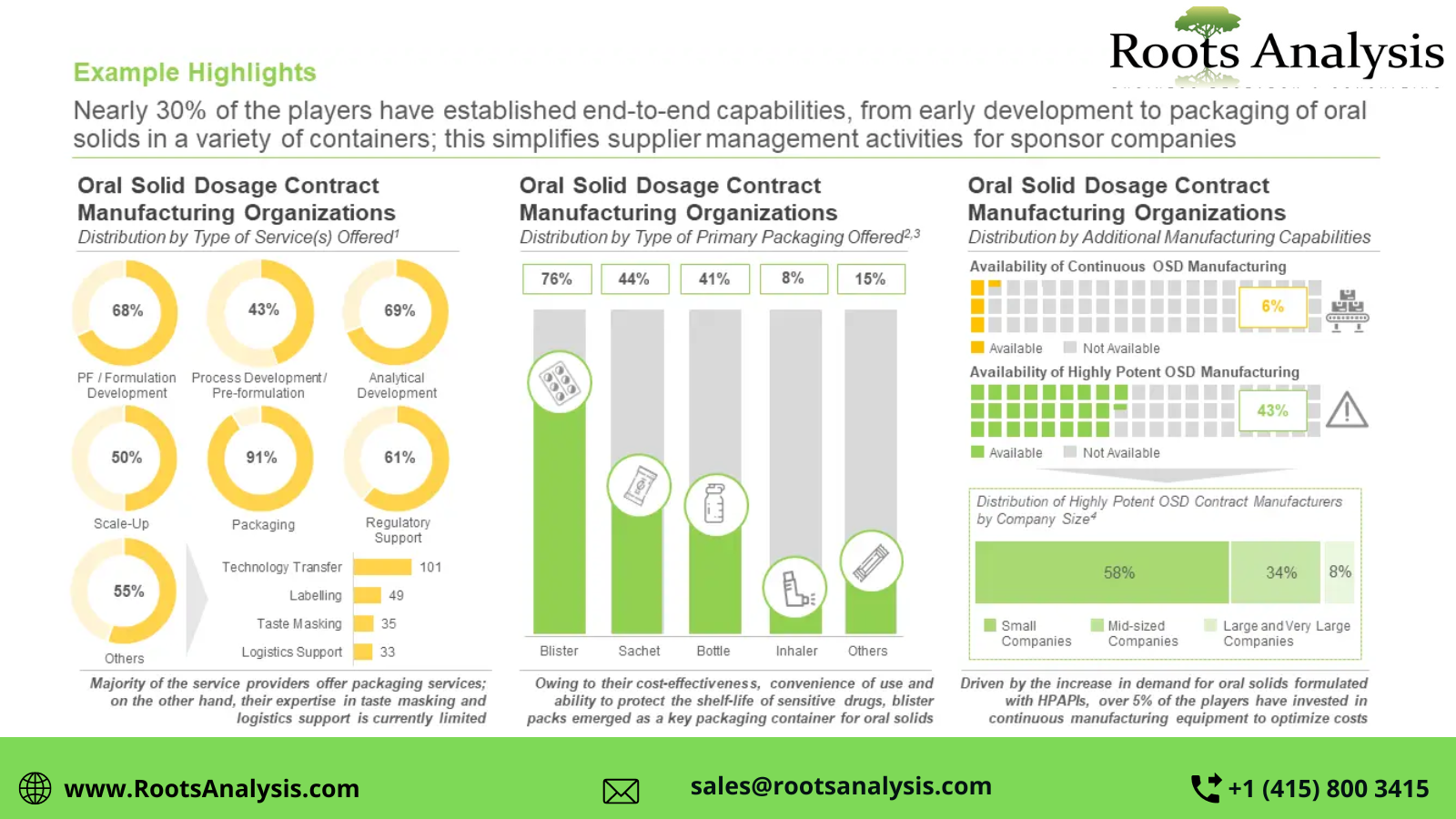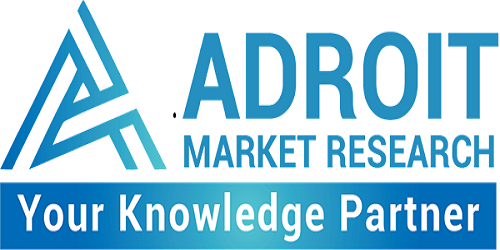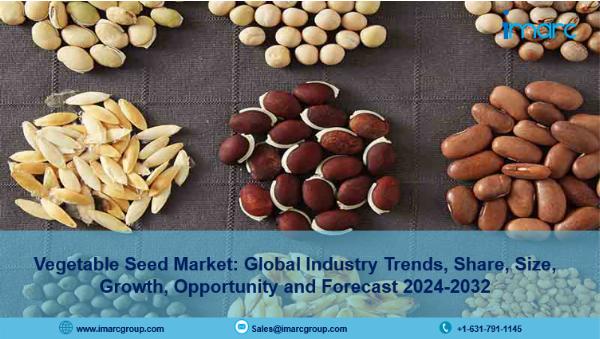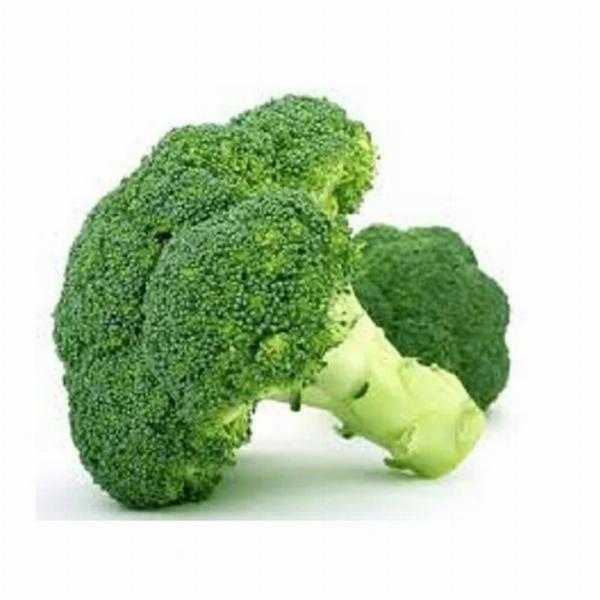 On-Page SEO Optimization – Fix Hidden Errors Killing Rankings!
On-Page SEO Optimization – Fix Hidden Errors Killing Rankings!
Metal Cans Market Growth: What to Expect from 2025 to 2033
Written by Ryan Stark » Updated on: June 17th, 2025

The global metal cans market has long been a cornerstone of the packaging industry, providing durable, sustainable, and versatile solutions for a wide range of products. From food and beverages to chemicals and personal care items, metal cans have proven their worth as a reliable packaging option. But as we look ahead to the period between 2025 and 2033, questions arise: Is the metal cans market set for steady growth? What factors will drive its expansion, and what challenges might it face? This article explores the current state of the market, its projected growth, and the key trends shaping its future.
Current Market Landscape
The global metal cans market size was valued at USD 67.8 billion in 2024. This figure underscores the significant role metal cans play in the packaging industry. Their popularity stems from their ability to preserve product quality, extend shelf life, and offer robust protection against external factors such as light, air, and moisture. Additionally, metal cans are 100% recyclable, aligning with the growing global emphasis on sustainability and environmental responsibility.
The market is segmented by material type, including aluminum and steel, and by end-use industries such as food, beverages, pharmaceuticals, and personal care. Among these, the beverage industry remains the largest consumer of metal cans, driven by the demand for canned carbonated soft drinks, beer, and energy drinks. Meanwhile, the food industry relies heavily on metal cans for packaging products like vegetables, fruits, seafood, and ready-to-eat meals.
Projected Growth: 2025-2033
Looking forward, IMARC Group estimates the global metal cans market to reach USD 81.7 billion by 2033, exhibiting a compound annual growth rate (CAGR) of 2.1% during the forecast period of 2025-2033. While this growth rate may appear modest, it reflects the market's maturity and the steady demand for metal cans across various industries.
Several factors are expected to drive this growth. First, the increasing consumer preference for convenient and portable packaging solutions is likely to boost demand for metal cans. Second, the rising awareness of environmental issues is pushing companies to adopt sustainable packaging options, with metal cans being a prime candidate due to their recyclability. Third, technological advancements in can manufacturing, such as lightweighting and improved printing techniques, are enhancing the appeal of metal cans.
Key Drivers of Market Growth
1. Sustainability and Recyclability
One of the most significant drivers of the metal cans market is the growing emphasis on sustainability. As consumers and governments alike push for eco-friendly packaging solutions, metal cans stand out as a clear winner. Unlike plastic, which often ends up in landfills or oceans, metal cans can be recycled indefinitely without losing their quality. This aligns with the circular economy model, where materials are reused and recycled to minimize waste.
Moreover, the recycling infrastructure for metal cans is well-established in many regions, making it easier for companies to meet sustainability goals. For instance, in Europe, the recycling rate for aluminum beverage cans exceeds 75%, while in the United States, it stands at around 50%. These high recycling rates further enhance the appeal of metal cans as a sustainable packaging option.
2. Rising Demand in Emerging Markets
Emerging markets, particularly in Asia-Pacific and Latin America, are expected to play a crucial role in the growth of the metal cans market. Rapid urbanization, increasing disposable incomes, and changing consumer lifestyles are driving demand for packaged food and beverages in these regions. Countries like China, India, and Brazil are witnessing a surge in the consumption of canned products, creating lucrative opportunities for market players.
Additionally, the expansion of retail chains and e-commerce platforms in these regions is making packaged goods more accessible to consumers. This, in turn, is boosting the demand for metal cans as a preferred packaging solution.
3. Technological Advancements
Technological innovations are also contributing to the growth of the metal cans market. Lightweighting, for example, has become a key focus area for manufacturers. By reducing the amount of metal used in each can, companies can lower production costs and minimize their environmental footprint. At the same time, advancements in printing and labeling technologies are enabling manufacturers to create visually appealing designs that enhance brand visibility and consumer engagement.
Another notable innovation is the development of easy-open ends and resealable lids, which improve convenience for consumers. These features are particularly appealing in the food and beverage sectors, where ease of use is a critical factor in purchasing decisions.
Challenges and Restraints
Despite the positive outlook, the metal cans market is not without its challenges. One of the primary restraints is the volatility in raw material prices. Aluminum and steel, the two main materials used in metal can production, are subject to price fluctuations driven by factors such as supply chain disruptions, geopolitical tensions, and changes in trade policies. These fluctuations can impact production costs and profit margins for manufacturers.
Another challenge is the competition from alternative packaging materials, such as plastic and glass. While metal cans offer several advantages, they are often more expensive than plastic containers. In price-sensitive markets, this can be a significant barrier to adoption. Additionally, the perception of metal cans as being heavier and less convenient than plastic can deter some consumers.
Regional Insights
The metal cans market is geographically diverse, with different regions exhibiting unique growth dynamics. North America and Europe are mature markets, characterized by high recycling rates and stringent environmental regulations. In these regions, the focus is on innovation and sustainability, with manufacturers investing in advanced technologies to stay competitive.
In contrast, the Asia-Pacific region is expected to witness the fastest growth during the forecast period. The region's large population, rapid urbanization, and expanding middle class are driving demand for packaged goods, creating a favorable environment for the metal cans market. Latin America and the Middle East & Africa are also expected to contribute to market growth, albeit at a slower pace.
Future Outlook
The global metal cans market is poised for steady growth between 2025 and 2033, driven by factors such as sustainability, rising demand in emerging markets, and technological advancements. While challenges such as raw material price volatility and competition from alternative materials persist, the market's inherent strengths—durability, recyclability, and versatility—position it well for long-term success.
As companies continue to innovate and adapt to changing consumer preferences, the metal cans market is likely to remain a vital component of the global packaging industry. Whether it's through lightweight designs, eco-friendly initiatives, or enhanced convenience features, metal cans are set to play a key role in shaping the future of packaging.
In conclusion, while the growth rate may be modest, the metal cans market's resilience and adaptability make it a reliable bet for the coming decade. As we move closer to 2033, the industry's ability to balance sustainability, innovation, and cost-effectiveness will determine its trajectory in an increasingly competitive landscape.
Note: IndiBlogHub features both user-submitted and editorial content. We do not verify third-party contributions. Read our Disclaimer and Privacy Policyfor details.
Men's Journal is a rugged and refined lifestyle adventure travel, food and drink Get in touch [email protected] to find out how we can help you reach everyday, affluent, and adventure seeking consumers on Men's Journal
Copyright © 2019-2025 IndiBlogHub.com. All rights reserved. Hosted on DigitalOcean for fast, reliable performance.



